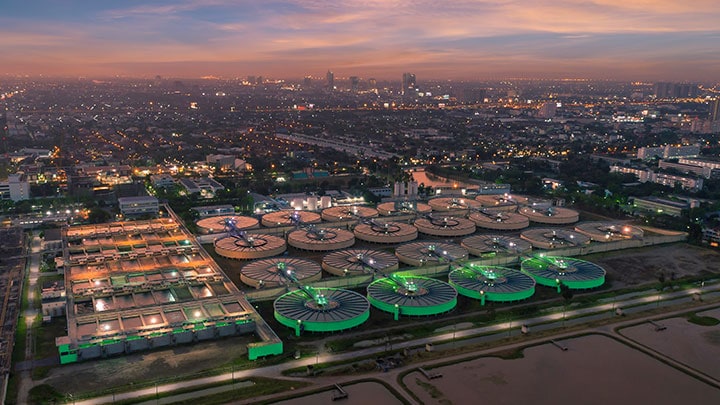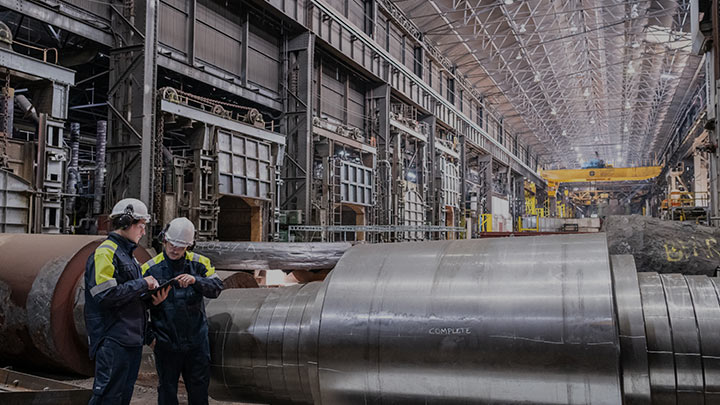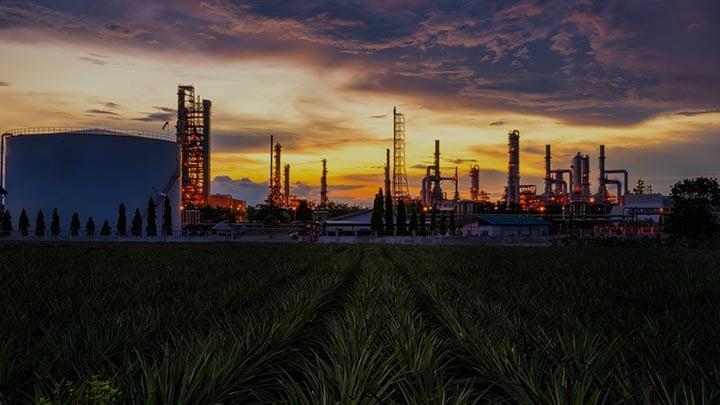We’re in a new corporate age: one in which companies are expected to do right by the full range of economic and social stakeholders. As a result, the environmental, social, and governance, or ESG, agenda has assumed a new prominence in boardrooms.
Organizations will have different priorities when it comes to tackling the agenda, of course. Large food retailers, with their reliance on plastic packaging that has a way of ending up in our oceans, might be especially concerned with the environmental component, while manufacturers with workforces in developing countries might concentrate more on the social component, and so on.
Whatever the differences, carbon neutrality is the common underlying commitment that many enterprises and governments are now making. These organizations now recognize that they have responsibilities to more than just their shareholders and their bottom lines.
Why has this new ethic spread so fast? Part of the reason is because good ESG practices are good business. Energy-efficient operations quite often prove to be cash positive, which means that a company’s annual savings may exceed the service fee incurred by adopting more efficient solutions. Additionally, customers in the developed world increasingly consider the size of a corporation’s carbon footprint as a factor in their purchasing decisions.
Raising money the ESG way
In this new environment, even raising capital has taken on a distinctly green color.
Witness the rise of green bonds, offered by green investment funds and other investment bodies. The World Bank issued the first such bonds in 2009, and they have gained popularity over the last five years. Green bonds, $157 billion worth of which were issued in 2019, raise money earmarked for green projects, whether in renewable energy, pollution prevention, biodiversity preservation, transportation, or anything else. What makes them attractive for issuers is the tax incentives they bring.




